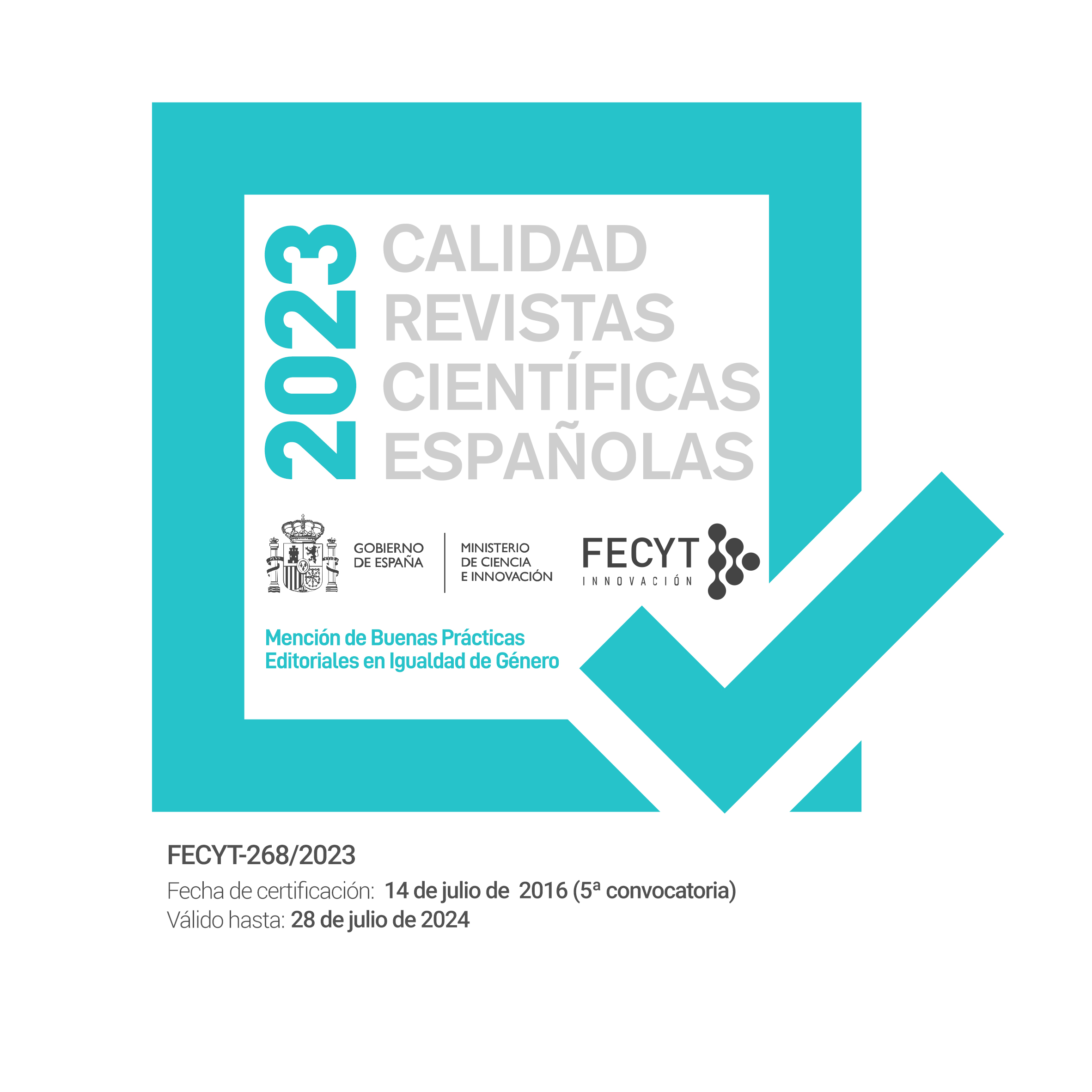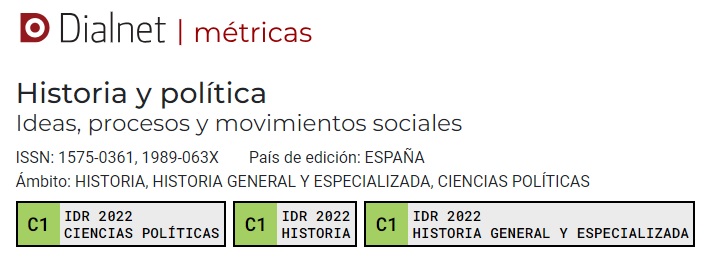Between Parliamentarism and Insurrection : the Republican Minority in the Constituent Cortes of the Revolution (1869-1871)
DOI:
https://doi.org/10.18042/hp.34.09Keywords:
Republicanism, federalism, possibilism, Cortes, Revolutionary Sexenio, First Republic, parliamentary, parliamentary opposition obstructionismAbstract
The republican minority in the Constituent Parliament of the Revolution (1869-1871) developed a strategy to obstruct the initiatives of the government majority –what is called «obstructionism»– and to propagandize and mark leadership and political behavior. The minority used the technical obstructionism taking advantage the parliamentary Regulations with numerous motions of censure and proposals, continuous calls to nominal votes or the «filibuster», amongst other actions. The minority added the physical obstructionism, which consisted to interfere the sessions with screaming, exaggerated applause, discussions or massive dropouts. The obstructionism fueled the antiparliamentarism of the revolutionaries federal and opened a gap that proved unsolvable in 1873. Moreover, the republican minority had three leaderships –Orense, Figueras and Pi y Margall–, that contribute to understanding the search for identity of republicanism in the years followed.Downloads
Downloads
Additional Files
Published
Issue
Section
License
Copyright (c) 2016 Jorge Vilches

This work is licensed under a Creative Commons Attribution-NonCommercial-NoDerivatives 4.0 International License.
Authors whose contributions are accepted for publication in this journal, accept the following terms:
a. The authors retain their copyright and guarantee to the magazine the right of first publication of their work, which will be simultaneously subject to the Creative Commons Attribution License Attribution-Noncommercial-No derivative works 4.0 Spain, which allows third parties to share the work as long as its author and its first publication is indicated.
b. Authors may adopt other non-exclusive license agreements to distribute the version of the published work (e.g. deposit in an institutional repository or archive, or published in a monographic volume) provided the initial publication in this journal is indicated.
PLAGIARISM AND SCIENTIFIC FRAUD
The publication of work that infringes on intellectual property rights is the sole responsibility of the authors, including any conflicts that may occur regarding infringement of copyright. This includes, most importantly, conflicts related to the commission of plagiarism and/or scientific fraud.
Plagiarism is understood to include:
1. Presenting the work of others as your own.
2. Adopting words or ideas from other authors without due recognition.
3. Not using quotation marks or another distinctive format to distinguish literal quotations.
4. Giving incorrect information about the true source of a citation.
5. The paraphrasing of a source without mentioning the source.
6. Excessive paraphrasing, even if the source is mentioned.
Practices constituting scientific fraud are as follows:
1. Fabrication, falsification or omission of data and plagiarism.
2. Duplicate publication.
3. Conflicts of authorship.





